Hi,
I really wanted to keep it simple. LOL! ![]()
Here is a standard POC setup - in my case 14-turn primary and two POC opposing coils (0.8mm wire, ca 180 turns). Maybe @Chris will correct me if I have to modify the turns value.
I created double-rail circuit that has special mosfet driver sync switching. Kept power supply low 3V and noticed the collapsing EMF (CEMF) to fry the mosfet. Upgraded CEMF bypass diodes to 1200V SiC shottky diodes - now better.
Then played with different PW and frequencies - found that the lower mosfet Q2 was a bit out of sync and still got CEMF fry at 110V level (debugged with oscilloscope).
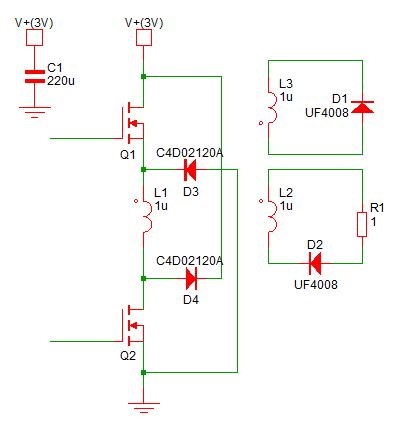
Sorry about the picture quality, noticed later in computer that it did not come out well. Using AMCC core.
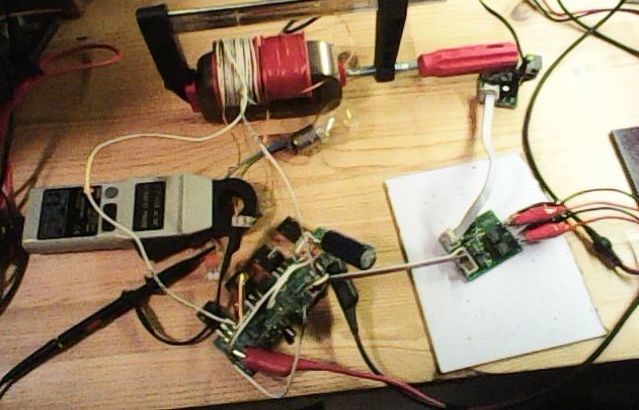
Thoughts:
- mosfets turn off very fast, mosfet driver has 10ohm resistor, primary has 14 turns, all together creates high voltage spike - mmm... I think I know where part of the problem is - my 220uF electrolytic cap is too slow to capture it
- I really wonder how you guys manage with a single mosfet!? Either slow gate turnoff or high voltage mosfet to keep spike low.
- oscilloscope is essential to debug mosfet driving and collector peaks
Raivo






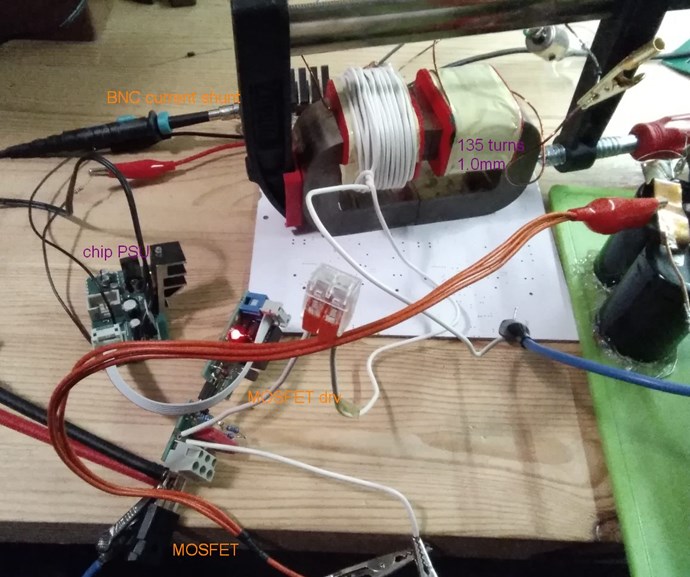
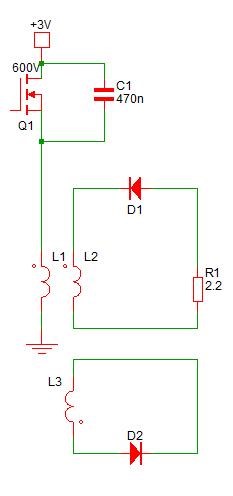

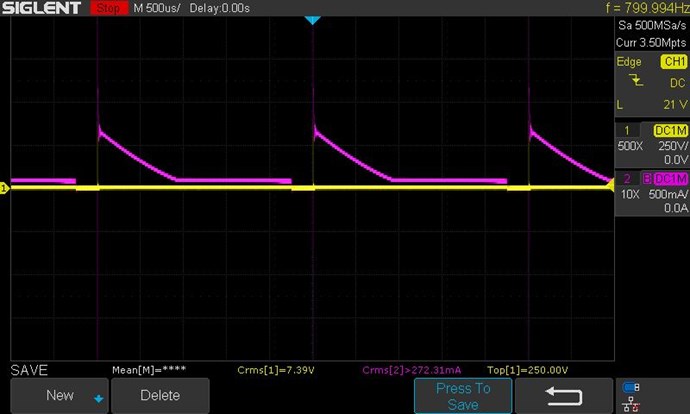
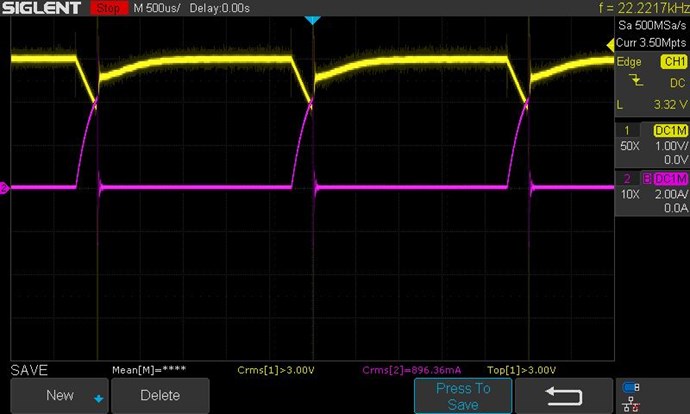


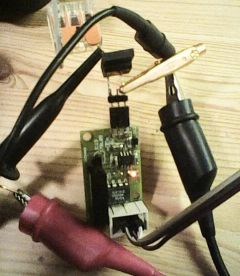

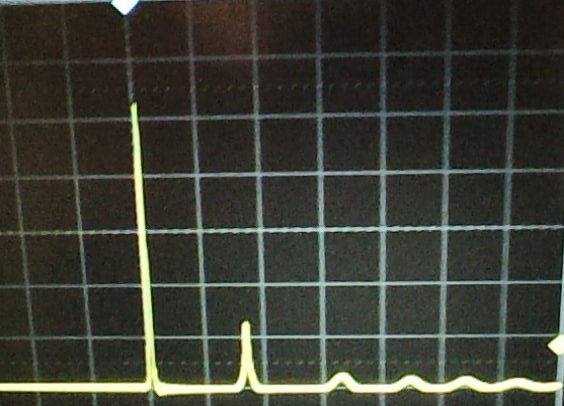
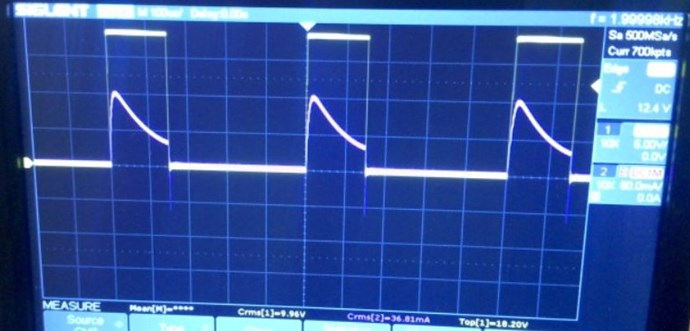
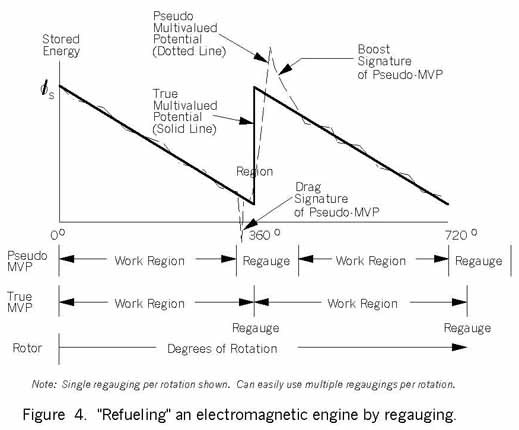




---open-tesla-research.jpg?width=20&crop=0,0,20,20)

